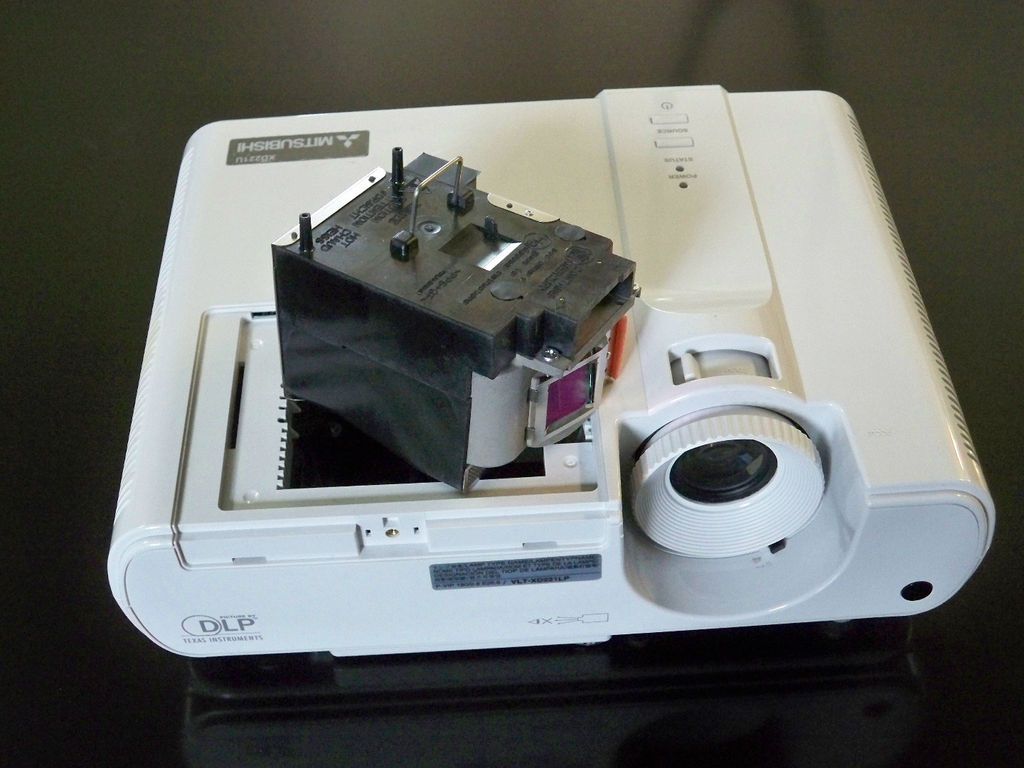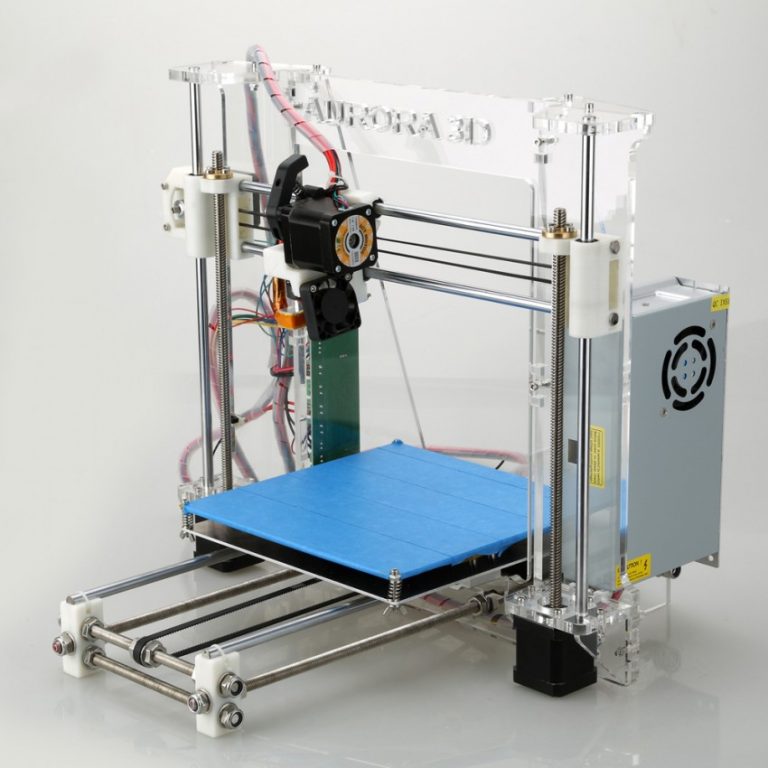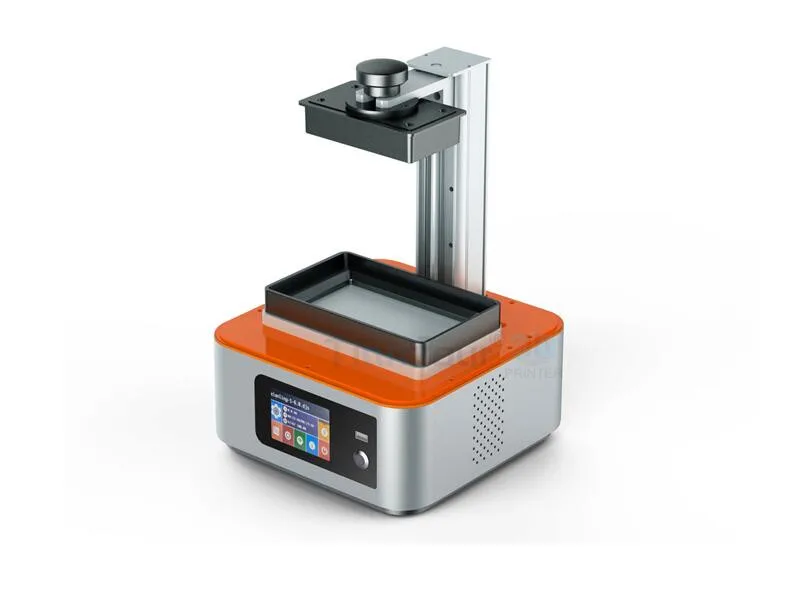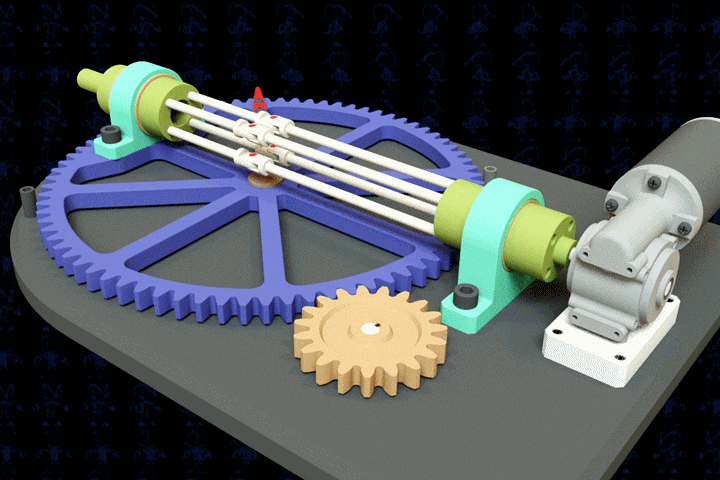Lcd projector 3d printer
SLA, DLP & LCD printing technique and compatibility of resins
3D-printing was discovered more than 30 years ago by the original founder of 3D-systems[1]. This first 3D-printer was named stereolithography apparatus and used a laser to cure a light reactive resin. During the years after the discovery, other companies like EnvisionTEC[2] came up with new methods of curing the light reactive resin, by projector, instead of a laser. The last years, companies like Wanhao[3] and Anycubic[4] made resin based 3D-printing accessible for everyone by the introduction of cheaper LCD based 3D-printers.
During these past years, many companies came up with their own 3D-printing technique and named it differently, although it is based on one of the three techniques listed below. Picture source: Formlabs website.[5]
Laser SLA is based on the original invention, used by companies as 3D-systems, Formlabs, UnionTech[6] and Peopoly Moai[7]. The laser is used to selectively cure the resin, by scanning the surface. The resin cures and becomes a hard plastic at the spots where the laser ‘hits’ the resin.
DLP-SLA is a technique which uses a projector to selectively cure the resin. It is generally a faster printing technique compared to Laser SLA, due to the fact that the projector can expose the whole layer at once, where a laser has to scan to cure the resin. A few single LED’s are in the center of the DLP projector. The light from these LED’s is guided to a DMD chip, which creates the actual curing pattern. This 3D-printing technique is used by companies like EnvitionTEC, Sprintray[8], Atum3D[9], Rapidshape[10], Miicraft[11] and Kudo3D[12]
One of the latest developments in resin 3D-printing is MSLA, also called LCD based 3D-printing. This technique uses an affordable LCD screen to create the mask, eliminating expensive DMD chips that are used in DLP techniques. This technique works by an array of LED’s illuminating on the LCD. The LCD is used as a mask, which creates the curing pattern. The liquid resin turns into a rigid plastic on the spots where the light ‘hits’ the resin. Companies like Wanhao, Anycubic, Sparkmaker[13], Kudo3D, Creality[14], XYZprinting[15], Phrozen[16], and many more.
The LCD is used as a mask, which creates the curing pattern. The liquid resin turns into a rigid plastic on the spots where the light ‘hits’ the resin. Companies like Wanhao, Anycubic, Sparkmaker[13], Kudo3D, Creality[14], XYZprinting[15], Phrozen[16], and many more.
How do SLA, DLP and LCD 3D-printers compare?
There are many differences between the three main resin based 3D-printing techniques. The table below shows the generic differences.
| Laser SLA | DLP SLA | MSLA | |
| Build Area | ++ | – | + |
| Price | – | – | ++ |
| Speed | + | ++ | – |
| Quality | ++ | ++ | + |
One of the main drawbacks of Laser SLA techniques is its price for the machines and consumables. This also applies to DLP 3D-printers. DLP printers have another technical disadvantage to keep in mind, the (affordable) DMD chips are usually 1920*1080 pixels, which limits the quality of printing when upscaling the build area. LCD based printing is a lot cheaper compared to the other techniques. These machines are more affordable and also consumables like FEP foil for your resin tray is cheaper.
LCD based printing is a lot cheaper compared to the other techniques. These machines are more affordable and also consumables like FEP foil for your resin tray is cheaper.
What most users don’t realize is that the LCD display is also count as a consumable, which should be replaced from time to time. The build area is dependant on each machine and technically it is easier to create a bigger build area, by placing a bigger LCD in the machine.
Image by All3DP: different resin 3D-printing techniques explained
Are all resins compatible with the different printing techniques?
Not all resins are compatible with the different printing techniques. It is important to read the resin manufacturers datasheets to understand if it is compatible with your 3D-printer. Laser based 3D-printers have a very powerful laser, which would need a slower curing resin to get a stable printing process. While LCD based 3D-printers have a low power LED light source, which works very well with fast curing resins.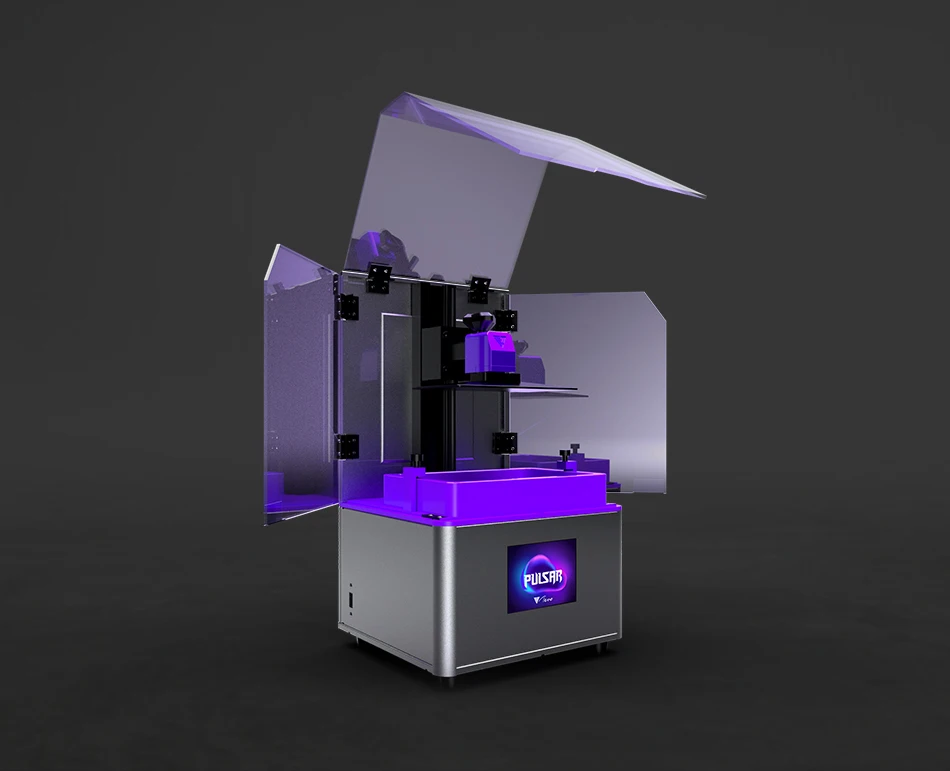 DLP 3D-printers can be configured in many different ways, making it impossible to predict curing behaviour of the resin without testing.
DLP 3D-printers can be configured in many different ways, making it impossible to predict curing behaviour of the resin without testing.
The Liqcreate resins are developed to work with most techniques. Liqcreate Strong-X, Clear Impact, Deep Blue, Stone Coal Black and Hazard Glow are developed to print on Laser- and DLP based machines, while still working on LCD 3D-printers when exposure times are increased. While the Liqcreate Premium line is developed to print fast on low-power DLP and LCD printers. Read more about the resins here:
[1] www.3d-systems.com
[2] www.envisiontec.com
[3] www.wanhao3dprinter.com
[4] www.anycubic3d.com
[5] www.formlabs.com
[6] www.uniontech4d.com
[7] www.peopoly.net
[8] www.sprintray.com
[9] www.atum3d.com
[10] www.rapidshape.de
[11] www.miicraft.com
[12] www.kudo3d.com
[13] www.sparkmaker3d.com
[14] www.creality3d.cn
[15] www.xyzprinting.com
[16] www.phrozen3dp. com
com
LCD / DLP technologies
Discover the LCD and DLP 3D printing technologies, two resin-based technologies and how you can use them to produce your 3D printed objects
What are LCD and DLP 3D printing technologies?
Resin 3D printing, known as vat polymerization, is represented by three technologies: SLA (Stereolithography), DLP (Digital Light Processing), LCD (Liquid Crystal Display). On this page, we will focus on DLP and LCD technologies, find more information about SLA on its dedicated page. Both of these resin 3D printing processes use a light source to cure the resin.
LCD vs DLP technology: What are the differences between these resin 3D printing technologies? The liquid resin is contained within a vat, or tank, cured against a build platform, which slowly rises out of the tank as the part is formed, layer by layer. These two 3D printing technologies are quite similar, but here is the main difference: the light source.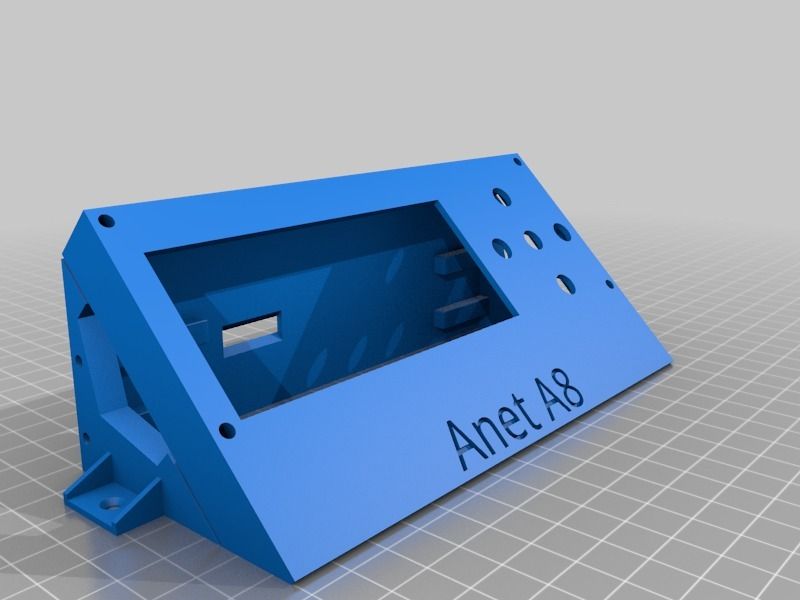
LCD printing: A UV light coming from an array of LEDs shining through an LCD flashes complete layers at the resin tank. A screen is used to mask the entire image, only revealing the current layer for curing. LCD 3D printing is a cost-effective resin manufacturing technique to get big and detailed functional parts. This 3D printing technology focuses on mass manufacture and large component 3D printing for resin materials thanks to 3D printers with larger build tray developed by Photocentric for example.
DLP printing: The digital light projector is the light source of DLP 3D printers. The DMD (Digital Micromirror Device) is a component made of thousands of micromirrors that are contained within a semiconductor chip matrix. These micromirrors are used for navigating the light beam projected by the digital light projector.
Why choose LCD or DLP technologies?
These resin technologies are suited to large-scale objects and mass-production.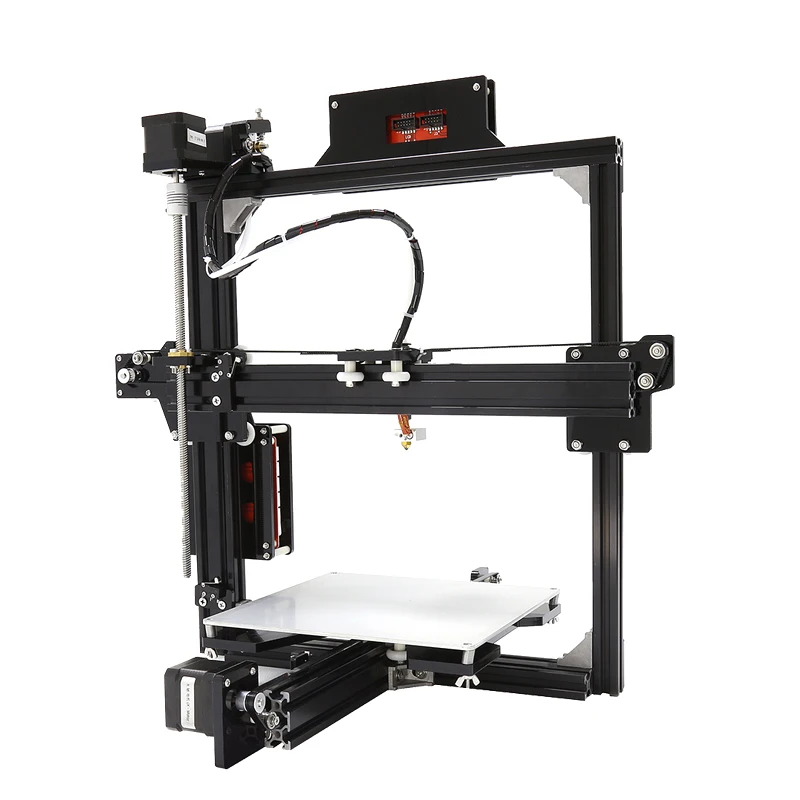 Discover the key advantages of using these resins techniques.
Discover the key advantages of using these resins techniques.
Production
The advanced-resins printed with these technologies can meet the requirements of the most demanding industries, and present adapted options for the creation of functional parts.
Detailed parts
Resin 3D printing is offering the possibility to create highly detailed prototypes and end-use parts. Get an impressive level of details for small and large-scale 3D printed objects.
Design freedom
Using design-driven manufacturing allows you to produce complex geometries at any scale of production.
On-demand LCD and DLP 3D printing
Sculpteo provides you with the best online 3D Printing Services for your resin parts. Thanks to our expertise in LCD and DLP technologies, you can choose between several options, instantly receive a quote, and let us handle the manufacturing in our ISO 9001 certified factory.
Start using resin 3D printing today by uploading a 3D file.
Which applications are best suited to LCD and DLP 3D Printing?
The variety of materials offered by LCD and DLP technologies makes them useful for many demanding applications. With this line of resins, you can choose between flexible, tough, or rigid resins. There is also a possibility to print translucent materials, specifically with DLP printing.
Are you looking for a 3D printing material with excellent thermal resistance, superior toughness, or a soft finish? These resin materials will be perfect for engineering and mechanical projects, automotive parts, or consumer goods, from prototyping to production. Some of these resins will allow the creation of large-scale objects. They are ideally suited for mass production thanks to the size of the build tray of their machines.
Similar to SLA, DLP is commonly used to generate highly detailed artwork, non-functional prototypes, and accurate finished parts.
DLP and LCD technologies materials
Discover the material range for LCD and DLP technologies!
DLP and LCD 3D Printers: What's the Difference?・Cults
Resin 3D printing is a popular technology in the 3D printing industry, and every market has a number of these 3D printers in its product range.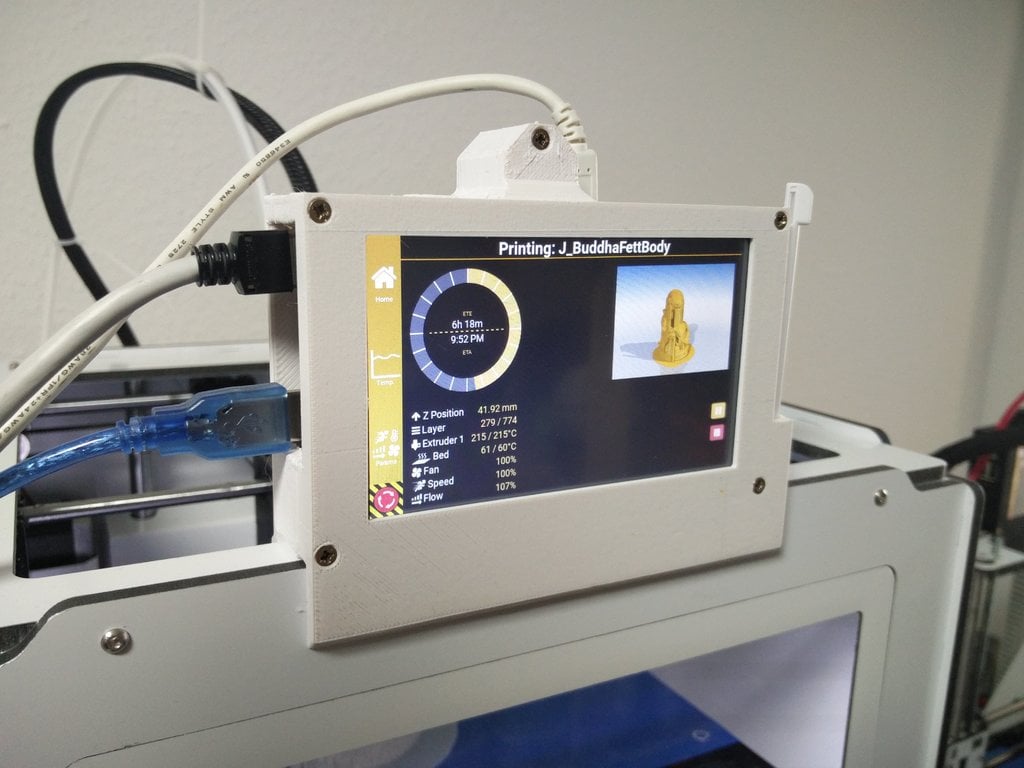 It finds wide application in various industries and its development is a priority to improve print quality, financial viability and access to a wider user group.
It finds wide application in various industries and its development is a priority to improve print quality, financial viability and access to a wider user group.
DLP and LCD are two of the most prominent technologies in resin 3D printing. Both work on a similar principle and are comparable in many ways. However, there are also some obvious differences that users should be aware of before purchasing a resin 3D printer.
In this blog, we will focus on DLP and LCD 3D printers. We will discuss the main technologies used, their individual advantages and disadvantages, and how they suit your specific 3D printing needs.
Resin 3D printing belongs to the broad category of vat light curing, which is considered one of the main types of 3D printing technologies. The concept is based on the ability of light-sensitive resins in the liquid phase to solidify under the influence of light radiation.
Resin 3D Printing uses this ability to create 3D objects from liquefied resins that are selectively exposed to light to harden desired areas of the resin. Only those parts of the resin that have solidified under the influence of the light source become part of the 3D printing, while the rest remain liquid.
Only those parts of the resin that have solidified under the influence of the light source become part of the 3D printing, while the rest remain liquid.
A common configuration for resin 3D printing includes a tray, or reservoir (in technical terms), that is filled with liquid resin, a light source, and a mechanism for directing the light source to a specific point in the resin to be cured.
In addition, there is a building platform that can move up and down inside the tank with amazing precision. For each new layer, the building platform is lowered to the bottom of the tank, leaving only a tiny gap (0.5 mm in most cases) in which the layer adjacent to the platform is built. For subsequent layers, the platform continues to rise slightly each time, while each new layer fits into the resulting gap and is bonded to the top layer. The 3D printed resin model is built upside down as light passes through the bottom of the tank.
That's what resin 3D printing is all about! Now let's move on to two interesting technologies that we want to talk about.
Digital Light Processing, or DLP, uses a digital light projector as a light source to cure resins. This light source is characteristic of this technology and is the main difference between it and LCD displays.
The projector projects light onto a unique device called DMD (Digital Micromirror Device), which consists of a very large number of very small mirrors, each of which is capable of deflecting light from the projector in different directions. For each layer, these mirrors are arranged in a specific orientation that reflects the digital light beam from the projector onto the tank in the exact shape of the printed layer/layer.
Mirrors cannot change the nature of the light source in any way, they only direct it. This means that the number of pixels produced on the build platform is the same as the number of pixels on the projector. So if the layer is slightly smaller than the projector's beam, the image is actually slightly sharper and more accurate than what is being projected! However, this also has a downside. The opposite happens if the printed piece is larger than the projector screen. In this case, the resolution is reduced, and there is also a risk of distortion at the edges, since the light is refracted too far (like an elephant's foot when printing with filament).
The opposite happens if the printed piece is larger than the projector screen. In this case, the resolution is reduced, and there is also a risk of distortion at the edges, since the light is refracted too far (like an elephant's foot when printing with filament).
Modern, more expensive DLP 3D printers use advanced technology to minimize this distortion problem and maintain layer quality despite being enlarged. As a result, these DLP 3D printers can safely be considered professional products.
DLP technology has been around for a long time due to the age of the light source: projectors are century old devices widely used in movie theaters. Therefore, the technology is tried and tested.
LCD 3D printing, also known as MSLA 3D printing, is a relatively new technology compared to DLP technology. As mentioned above, it uses a non-DLP light source: UV LEDs that shine through the LCD screen.
Although LCD also creates full layers at the same time as DLP 3D printers, the quality of the layers depends on the screen resolution. The higher the pixel density of the LCD screen, the better the print quality. In addition, there are no problems with distortion, as the print created on the LCD is transferred to the resin unchanged without deviation. Since the original projection size on the LCD screen does not change, the print area is limited by the screen area, so larger prints require a larger screen.
The higher the pixel density of the LCD screen, the better the print quality. In addition, there are no problems with distortion, as the print created on the LCD is transferred to the resin unchanged without deviation. Since the original projection size on the LCD screen does not change, the print area is limited by the screen area, so larger prints require a larger screen.
Cost is a tricky issue when it comes to LCD 3D printers. The material is cheap because the LCD screens used in these devices are practically the same as in smartphones. The problem, however, is that they need to be replaced frequently to maintain quality. The idea that LCD 3D printers are cheap is true, but you need to be aware of the running costs involved.
DLP and LCD are similar in many ways: technology, print quality, speed, applications, etc. Are they the same? But are they the same? No.
There are a few things to consider before choosing one or the other. First, let's talk about print quality.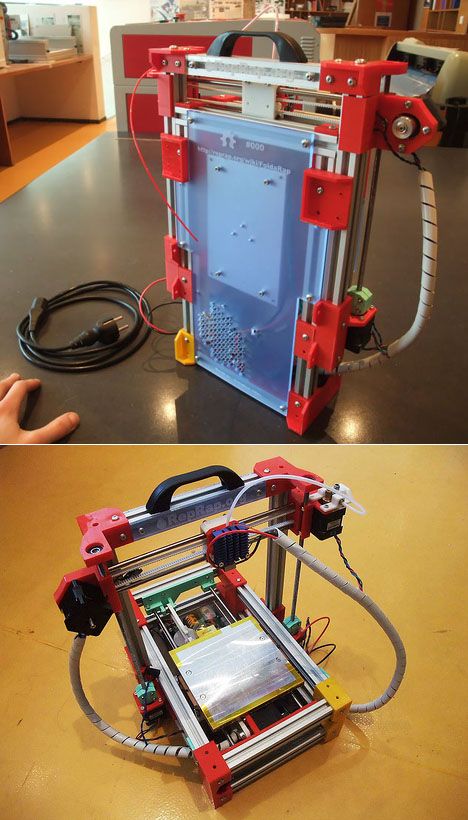 As mentioned above, it is comparable for both 3D printers. The finish is smooth, the layers are indistinguishable. However, DLP has an edge in this regard. Cheaper options compare well with LCD printers, but if you consider mid-range DLP 3D printers (which support layer distortion and warp), the build quality is much more detailed and subtle.
As mentioned above, it is comparable for both 3D printers. The finish is smooth, the layers are indistinguishable. However, DLP has an edge in this regard. Cheaper options compare well with LCD printers, but if you consider mid-range DLP 3D printers (which support layer distortion and warp), the build quality is much more detailed and subtle.
In terms of cost, LCD is the cheapest option. Even if the screen has to be changed, the technology itself is so accessible and cheap that DLP is still more expensive. But this comes at the expense of quality, which must be known.
Compatibility with the resin material is another factor to consider. Most resins can be used with both DLP and LCD 3D printers, but some are only suitable for one or the other. It depends on the energy intensity of the light source. The LCD uses a low power light source, so resins that cure quickly are suitable. If any other resin is used, it will not cure properly and the structural integrity of the model will be compromised. Naturally, DLP is compatible with resins that take some time to cure due to the high density of the energy source.
Naturally, DLP is compatible with resins that take some time to cure due to the high density of the energy source.
In general, it all depends on the specific application. People who require professional-grade quality and who have a large budget should always choose DLP as it is better suited for detailed work. Consumers who are just starting out or have low-precision tasks on a budget should consider LCD 3D printers, which are also very good in many ways.
This page has been translated using machine translation. Suggest the best translation
Previous
ShareNext
Similar publications
Known for its quality desktop 3D printers and high market share in the 3D printing industry, Creality 3D launched its revolutionary Infinite-Z 3D printer, the 3DPrintMill, on Kickstarter on November 19, 2020.
Read more Whether you're a 3D printing enthusiast or an educator, you've probably come across the problem of filaments absorbing moisture. For example, if you take a roll of nylon, when exposed to air for a week, it will reach saturated water absorption capacity. Even in areas with humid weather, the moisture absorption rate of the threads can reach 3 or more times in 1-3 days.
For example, if you take a roll of nylon, when exposed to air for a week, it will reach saturated water absorption capacity. Even in areas with humid weather, the moisture absorption rate of the threads can reach 3 or more times in 1-3 days.
Overview and comparison of photopolymer 3D printing technologies
In this article we will talk about the most popular types of photopolymer printing and their features.
Liquid polymer based 3D printers have been on the market for a long time. Today we will tell you what is photopolymer printing technology, what varieties exist, and how they differ.
Contents:
- In the beginning was stereolithography
- LCD & LCD Masking - also known as mSLA
- Direct Light Processing (DLP)
- LFS - Low Force Stereolithography
- ILS - Integral Light Source
- MJP and Polyjet
- Print examples
- Video review
- Summary
- LIDER-3D business card
In the beginning there was stereolithography
Stereolithography apparatus was first patented by Chuck Hull in 1984 year. The technology of laser stereolithography works as follows, as a "building material" not powders are used, but photopolymers in a liquid state. A platform is placed in a container with a liquid photopolymer, on which the prototype is "grown".
The technology of laser stereolithography works as follows, as a "building material" not powders are used, but photopolymers in a liquid state. A platform is placed in a container with a liquid photopolymer, on which the prototype is "grown".
Liquid photopolymer cured with UV light from a laser. The platform moves gradually down and up, as if pulling the prototype out of the liquid resin.
But it's been a very long time since Chuck Hull patented his technology, and there are a thousand and one "new" technologies on the photopolymer 3D printer market today. Well, maybe not a thousand, but somewhat accurate, and in a sense they are all based on the same laser stereolithography, which is also still in use.
Now let's talk about the most popular varieties of photopolymer 3D printing technologies.
LCD & LCD Masking - also known as mSLA
LCD (LCD) photopolymer printing is new to the technology and perhaps the biggest source of confusion.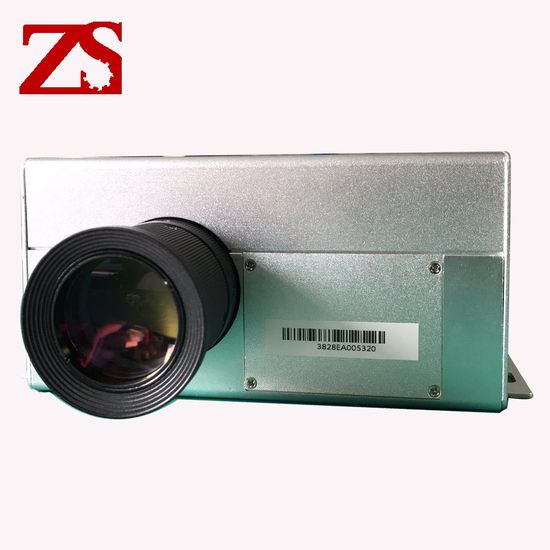 Too many names, but the essence is always the same. If in the case of SLA printing, the source of UV light is a laser, then in the case of LCD, curing occurs with the help of ultraviolet light, which is projected onto the photopolymer using an LCD screen. The idea is basically the same, the platform is almost completely immersed in the resin, and then rises to the height of the layer, each time the layer is sufficiently exposed to UV light.
Too many names, but the essence is always the same. If in the case of SLA printing, the source of UV light is a laser, then in the case of LCD, curing occurs with the help of ultraviolet light, which is projected onto the photopolymer using an LCD screen. The idea is basically the same, the platform is almost completely immersed in the resin, and then rises to the height of the layer, each time the layer is sufficiently exposed to UV light.
3D printers with LCD screens are characterized by low price, therefore they are quite widespread among both professional makers and amateur enthusiasts.
One of the disadvantages of LCD printers is the low life expectancy of LCD screens. Even if the device has a monochrome screen instead of a conventional LCD screen, it still loses a lot in terms of the operation time of the next technology.
Direct Light Processing (DLP)
DLP based 3D printers use a different UV light source. Instead of lasers or LCD screens, DLP printers are equipped with UV projectors that work using micro mirrors to control the light being projected. Due to the fact that special projectors are involved in the backlight, in theory you can not only get faster print speeds, but in some cases you can win in resolution, since projectors allow you to scale the resolution, but all these cool features are very device dependent.
Due to the fact that special projectors are involved in the backlight, in theory you can not only get faster print speeds, but in some cases you can win in resolution, since projectors allow you to scale the resolution, but all these cool features are very device dependent.
The DLP device uses a light source to cure the entire layer at once. The part is built up layer by layer.
DLP printing can be used to print extremely complex resin products such as toys, jewelry molds, dental molds, figurines and other fine detail items. Due to the polymerization of the entire layer at once, it is much faster than SLA, and compared to LCD printers, DLP printer projectors last much longer, and even if they fail, they do it immediately, sharply, and not slowly losing their properties like LCD screens .
The disadvantages of this technology are its high cost, and oddities with resolution, for example, an unprepared maker can spend a lot of money on a low-resolution DLP printer, which he cannot compensate even by scaling, if there is a cheaper option with LCD technology and more high resolution.
LFS - Low Force Stereolithography
Actually, this type of stereolithography is quite simple. Formlabs took and instead of a projector as in printers with DLP technology, inserted a laser into the printer. They seem to have combined mirrors from DLP technology and a laser from SLA.
ILS - Integral Light Source
Another fairly new brand technology, this time from Creality, again based on a mirror system. Only instead of a projector, as in DLP printers, or a laser, as in LFS printers, a set of 6 light sources with a total power of 120 watts is used, which are located at an angle, and first shine on a system of mirrors, and then the light hits the polymer.
MJP or multi jet printing also known as mjm? from 3D Systems. The technology is based on a print head with a whole battery of tiny nozzles arranged linearly in several rows. Number of nozzles starts from 96 for lower models of printers and reaches 448 for top models. One nozzle - one tiny drop of model material for building a product.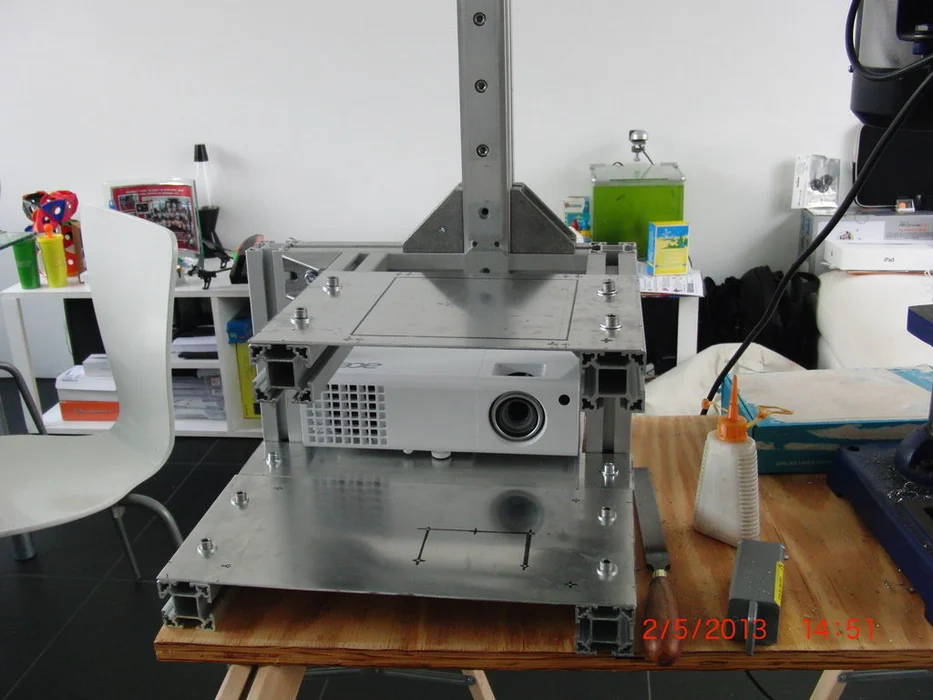
The print unit moves along the platen and applies a layer of liquid resin. The print block is followed by a UV lamp that illuminates the newly applied particles of material, causing it to harden to form the desired product.
There is also a version of this technology called PolyJet - which is used in Stratasys' Objet series 3D printers. Roughly speaking, both technologies work in the same way, but the devices themselves are from different companies.
Based on the print quality, it is impossible to say that one or another photopolymer printing technology is definitely worse or better, since some technologies show themselves better in one area, others in another. Moreover, everything strongly depends on the specific device and task.
If you are going to buy a photopolymer 3D printer, you need to clearly understand for what purposes you need it, but then, it's up to the small.
Thank you all, the material was prepared by a team of LIDER-3D specialists, we will be glad to hear your questions in the comments.